Original Item: Only One Available. Unlike Parachute Infantry Regiment (PIR), Glider Infantry Regiment (GIR) material is exceptionally hard to find for two primary reason. There were far fewer Glider Infantry Regiments and of the ones that did exist the death rate of those men was close to 70%. Had a film equivalent to "Band of Brothers" been made about a Glider Infantry Regiment you can bet this material would be many times the value of comparable PIR pieces. That was a long way of stating that this jacket is incredibly rare, and offered in excellent condition.
Officially known as Coat, Parachute Jumper this jacket was won by a member of a Glider Airborne Parachute Infantry regiment during WWII. This example offered in near excellent condition is a size 38 and has all original snaps, belt and fully functional original zippers.
it is in the correct M42 color Olive Drab #3 (almost appears khaki). The coat consists of four front patch pockets with two button snaps on each, along with a unique dual-zippered knife pocket located on the upper lapel which was designed to contain a switchblade pocketknife.
Due to the somewhat fragile nature of the uniform, however, the M42 was often reinforced with thicker, tougher canvas on the elbows, crotch and knees. However, this example was never reinforced. The M42 was mostly worn by Paratroops assigned to Airborne units. The M42 was eventually phased out in favor of the M1943 Uniform which was a darker green, OD #7. Despite this, various individuals chose to keep their M42s in order to show their veteran status.
This fine example is of the earliest style, in near excellent condition and features an original Glider Airborne Parachute Infantry shoulder patch.
Glider Airborne Parachute Infantry of the most storied regiments in all of WW2. There is no name or laundry number inside the jacket so we are not able to make an identification, but this is a wonderful example of a very hard to find early configuration jump jacket.
History of Glider Airborne Parachute Infantry Regiments in WW2:
Glider infantry was a type of airborne infantry in which soldiers and their equipment were inserted into enemy-controlled territory via military glider rather than parachute.
The gliders which were most widely used by the Allies were the American-designed Waco CG-4A, which could carry 13 passengers, and the British-designed Airspeed Horsa, which could carry 25 passengers. Both of these aircraft used plywood extensively in their construction, with the CG-4A also using aluminium to provide greater strength in its framing. To deliver especially heavy loads, the British General Aircraft Hamilcar could carry up to eight tons (8,000 kg) of equipment.
Much like conventional gliders, these aircraft were towed behind a powered aircraft, usually a C-47 (or the Armstrong Whitworth Albemarle in British units), and were then released near the designated landing area called the Landing Zone' or 'LZ'.
The crews of these aircraft landed their aircraft in circumstances which would challenge the most seasoned pilot. Sometimes flying in at night they had but a few moments to pick a likely landing spot, avoid the other gliders making similar approaches and those already on the ground, avoid incoming enemy fire and then land the aircraft without crashing into any trees, ditches or enemy erected anti-troop stakes (called by pilots in Normandy "Rommel's asparagus"), and do so softly so as to ensure that the aircraft and/or cargo were not damaged in the process.
Prior to the Battle of Normandy, the Allied command feared that the losses suffered by glider groups would be as high as 50-70% before even encountering the enemy. This fear was based on expectations for high numbers of crash landings and encounters with anti-aircraft defences. The actual losses were less than the estimates and were comparable to the losses of associated parachute units; interestingly, the losses suffered by certain Glider Artillery battalions (e.g., the 319th and 320th of the 82nd Airborne Division) were higher than the losses of the associated Glider infantry (i.e., the 325th) primarily because the two artillery battalions landed in the evening hours of D-Day and the landing zone (LZ-W) near St. Mere Eglise was not secure with many casualties occurring from enemy anti-aircraft and machine gun fire in addition to crash landings. In contrast, the 325th landed on D-Day 1 and faced less intense enemy fire; while more than half of the 327th Glider Infantry Regiment landed by boat on the third day at Utah Beach because of the lack of gliders able to carry them into Normandy.
Initially the American Glider Infantry Regiments (GIR) had only two battalions, but later in Europe, the two battalions of the 401st GIR were divided in March 1944 to act as the 3rd battalions of the 325th and 327th GIRs. In March 1945 the 401st Glider Infantry Regiment was disbanded and the battalions formally became part of their new regiments.
In both the British and American armies, there was a sense that the glider infantry were poor cousins to the more glamorous paratroopers. In the British Army, whereas paratroops were all volunteers, airlanding units were standard line infantry units converted without any option (although they were entitled to wear the same maroon beret as the Parachute Regiment). In the United States Army, glider troops did not receive the extra pay awarded to paratroopers until after the Normandy invasion (where glider troops provided essential support to the parachute regiments and fought on the front-lines alongside their parachute brethren). This blatant inequality of treatment came to the attention of U.S. Airborne High Command and from that point forward the glider troops were issued the same jump boots and combat gear as paratroopers (including the M1A1 carbine with folding stock) and earned the same pay until the war ended in Europe in May 1945. There are numerous examples of glider troops volunteering as replacements for paratrooper units but very few, if any, examples of paratroopers volunteering for the glider units.
Sicily
The Allies first used gliders in the invasion of Sicily, Operation Husky, in 1943. This first experiment was disastrous. Poor planning and bad weather resulted in the gliders being scattered in the air. Several landed in the sea and 200 men drowned. Dozens of gliders and towplanes were damaged or shot down by friendly fire.
Normandy
With much better intelligence and planning, the glider landings in the Battle of Normandy were far more successful. In particular, one coup de main force in six Horsa gliders seized vital bridges over the River Orne by surprise, led by Major John Howard (see Operation Deadstick). The 6th British Airlanding Brigade, part of 6th Airborne Division (United Kingdom), were in action early on following concentrated landings, and prevented early German attempts to counter-attack the Allied landings. American landings were more scattered, but still more successful than many planners had hoped for.
Arnhem
In Operation Market Garden, the 1st British Airlanding Brigade, attached to 1st British Airborne Division, were landed on the first day of the operation. The landings took place in daylight and were unopposed, but the only landing and drop zones thought suitable for such a large force were a considerable distance from the vital bridge which was the objective. No attempt was made to mount a coup de main attack by glider (although this was largely due to the haste with which the operation was mounted). A jeep-mounted reconnaissance squadron brought in by glider failed in the mission.
Rhine crossing
The last major operation involving gliders was the crossing of the River Rhine in March 1945. To avoid the long delay in relieving the airborne troops which had been a major cause of the failure of Operation Market Garden, the landings were made close to the German front line defences. The landings took place in daylight once again, and heavy German anti-aircraft fire took heavy toll of the vulnerable gliders. Most Allied casualties were incurred by the glider pilots.




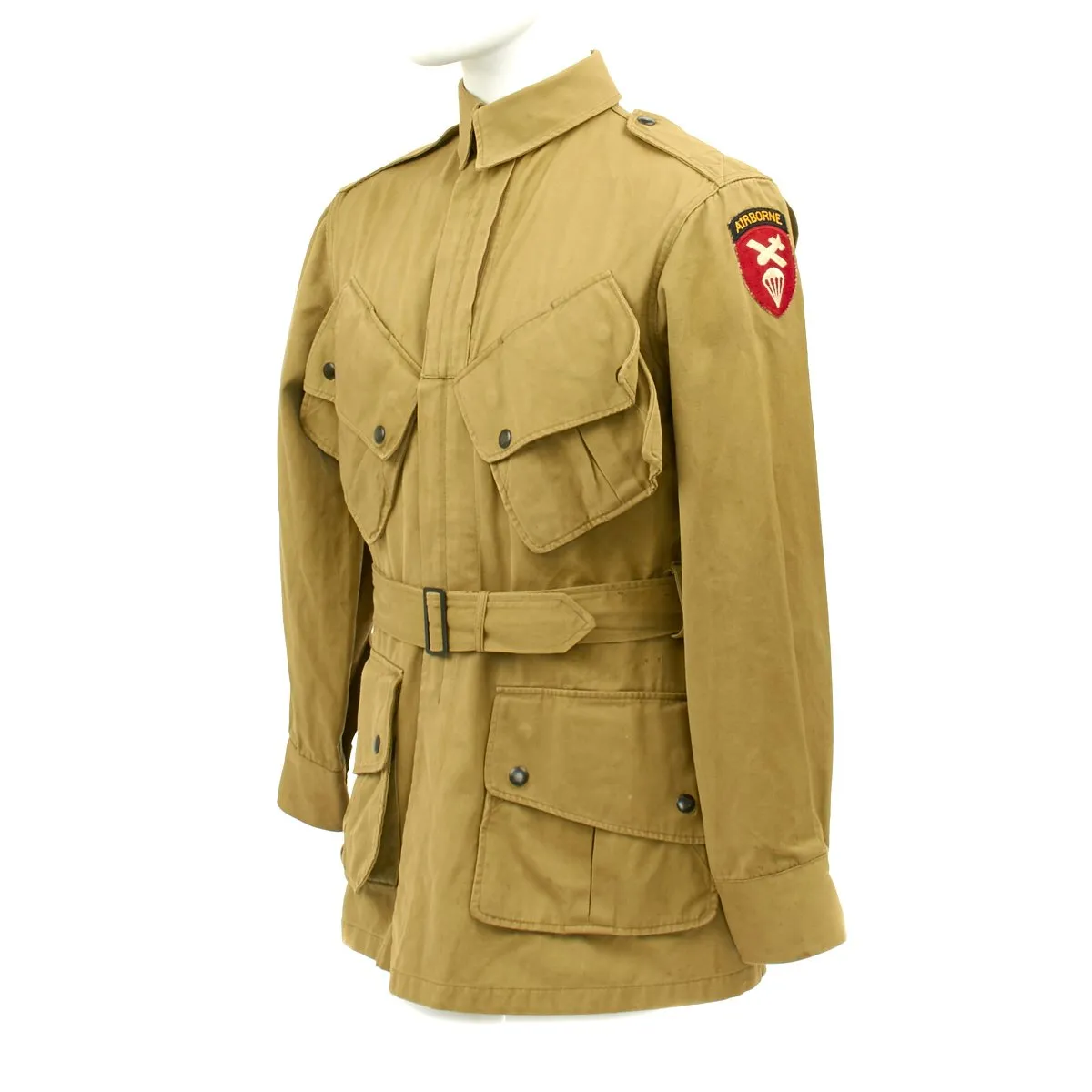
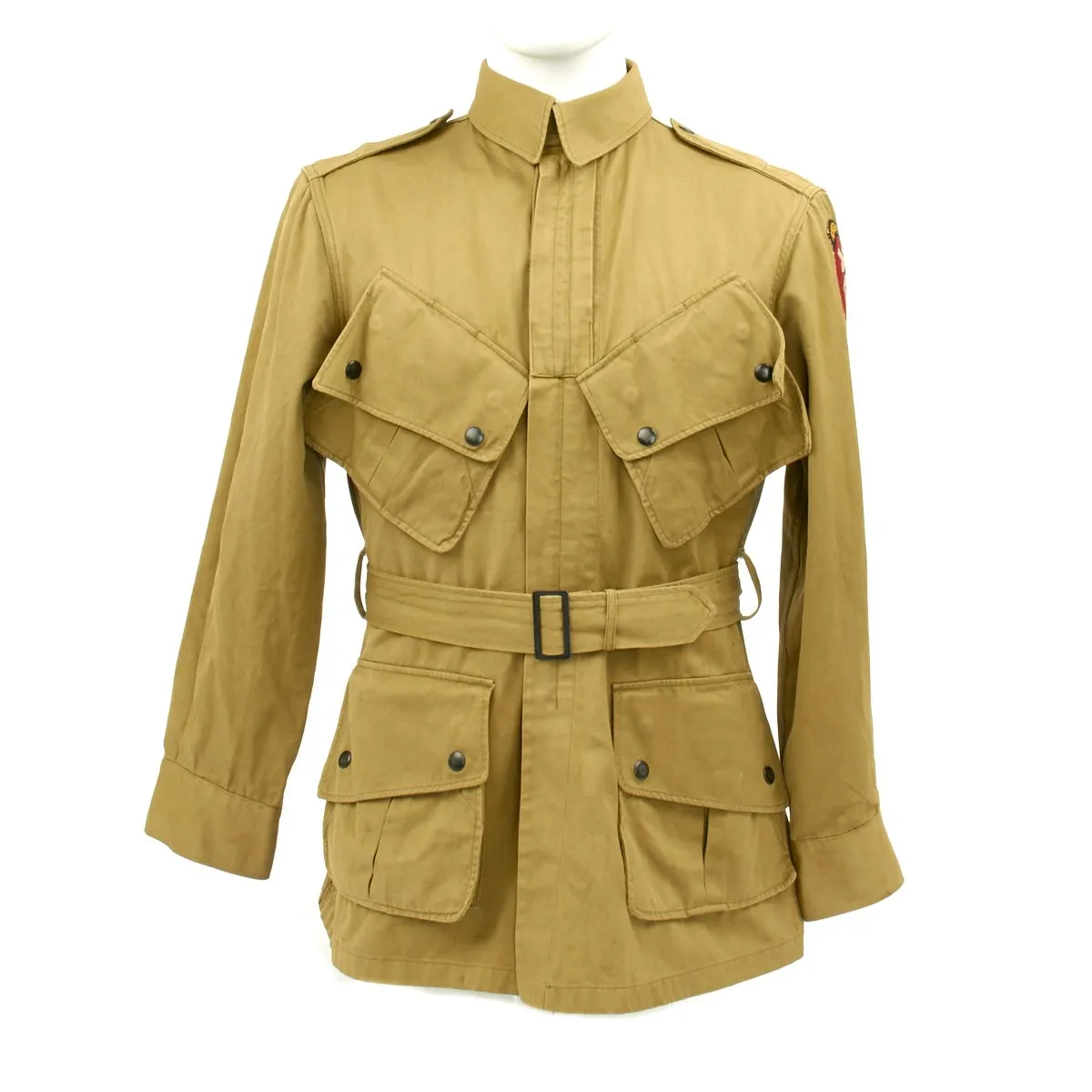
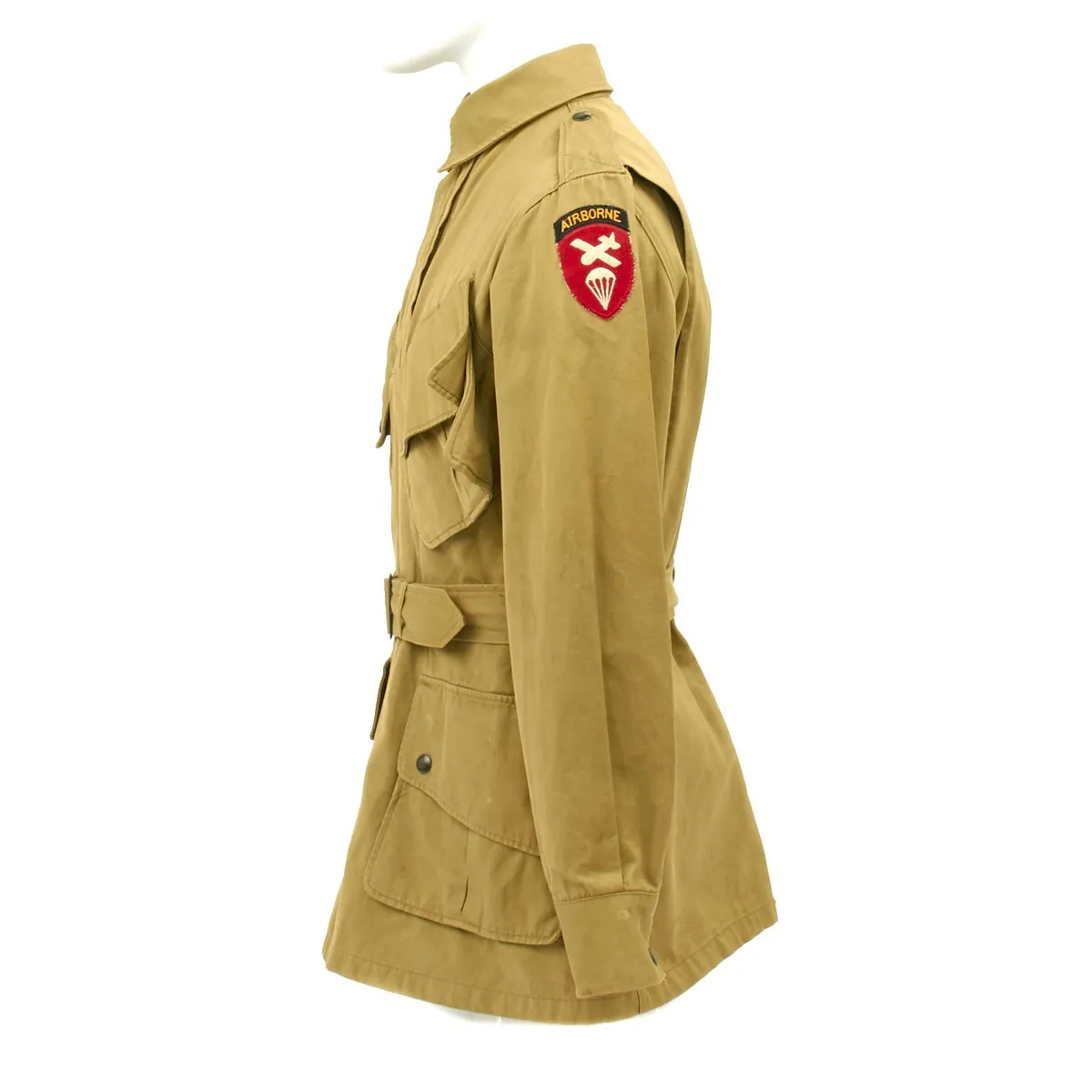
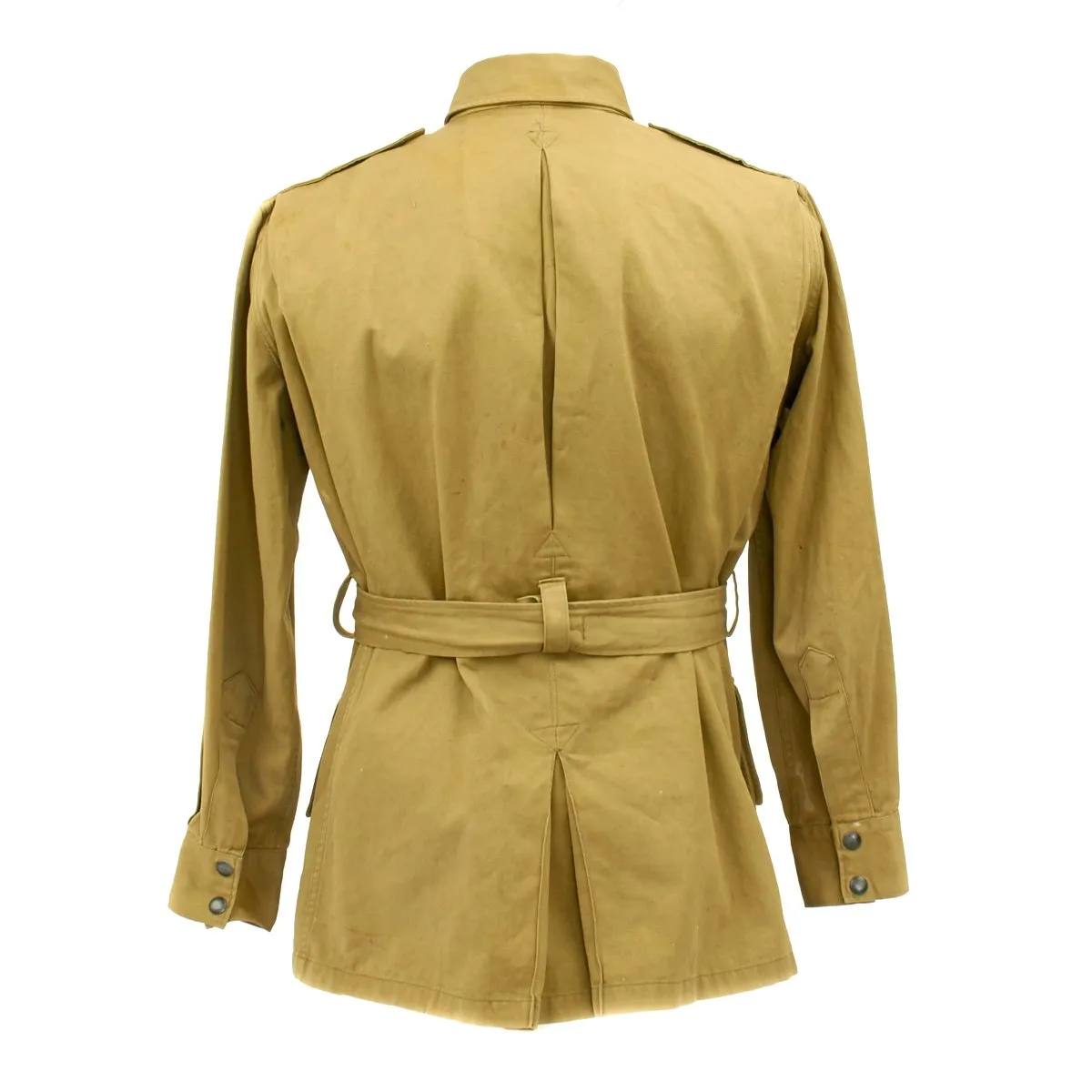
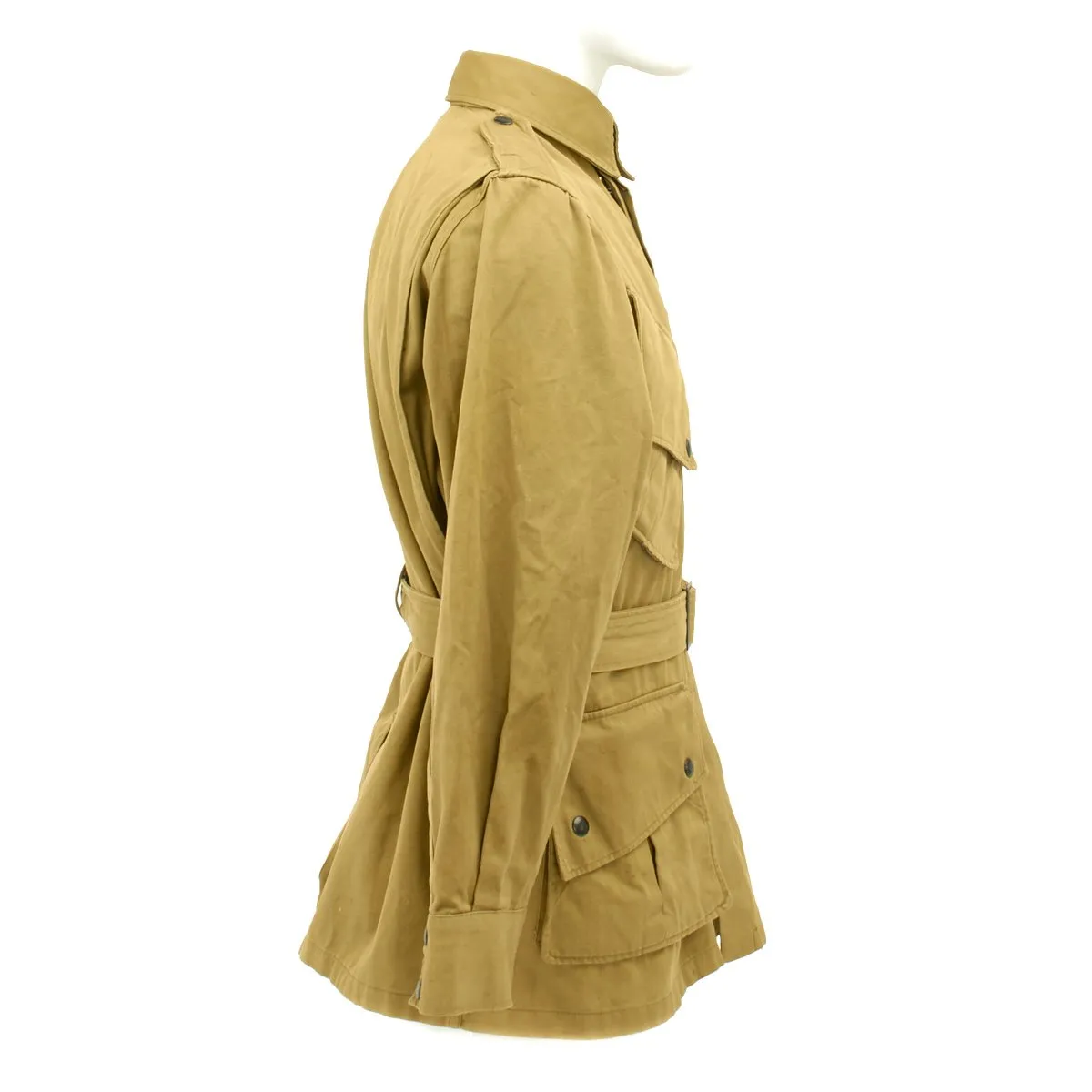
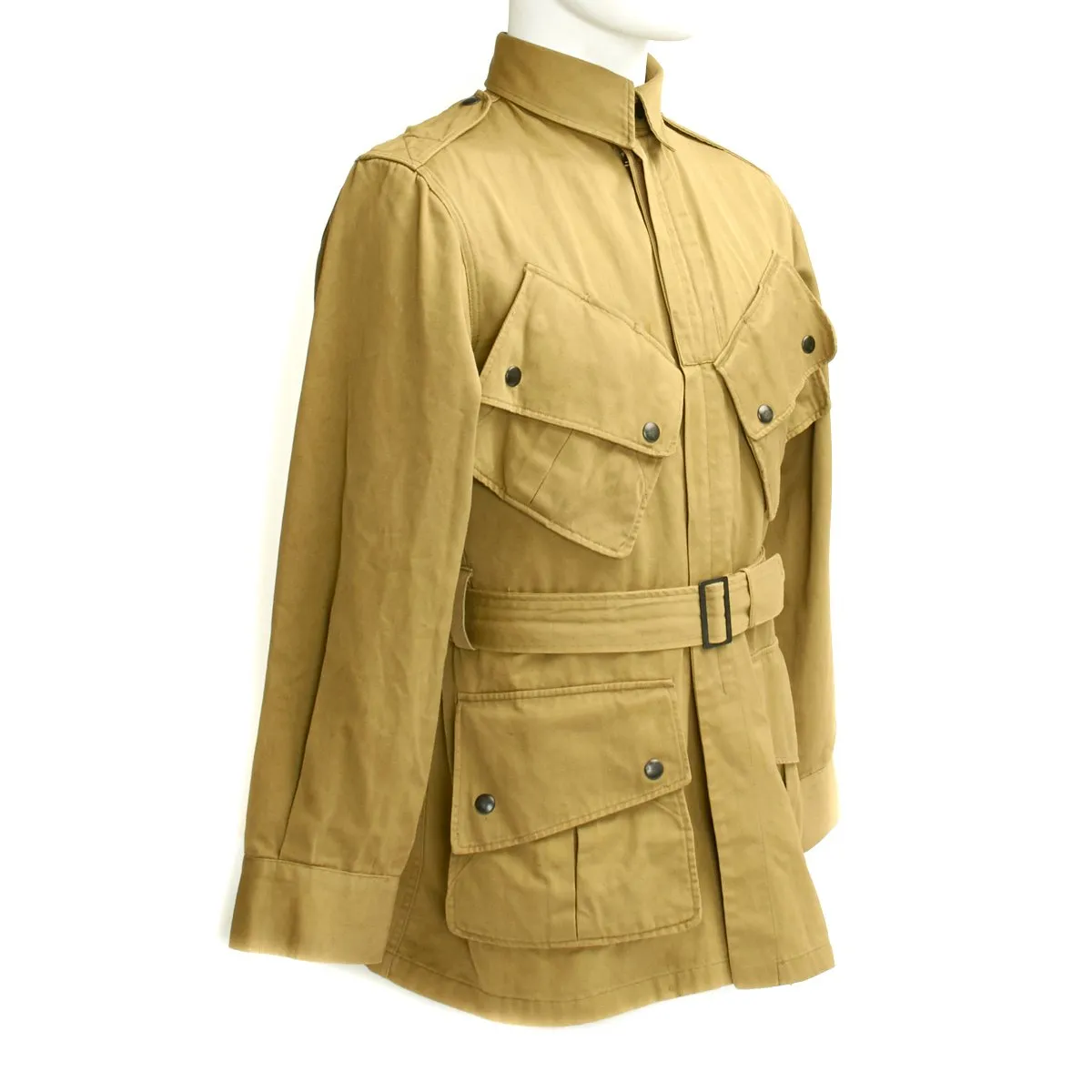
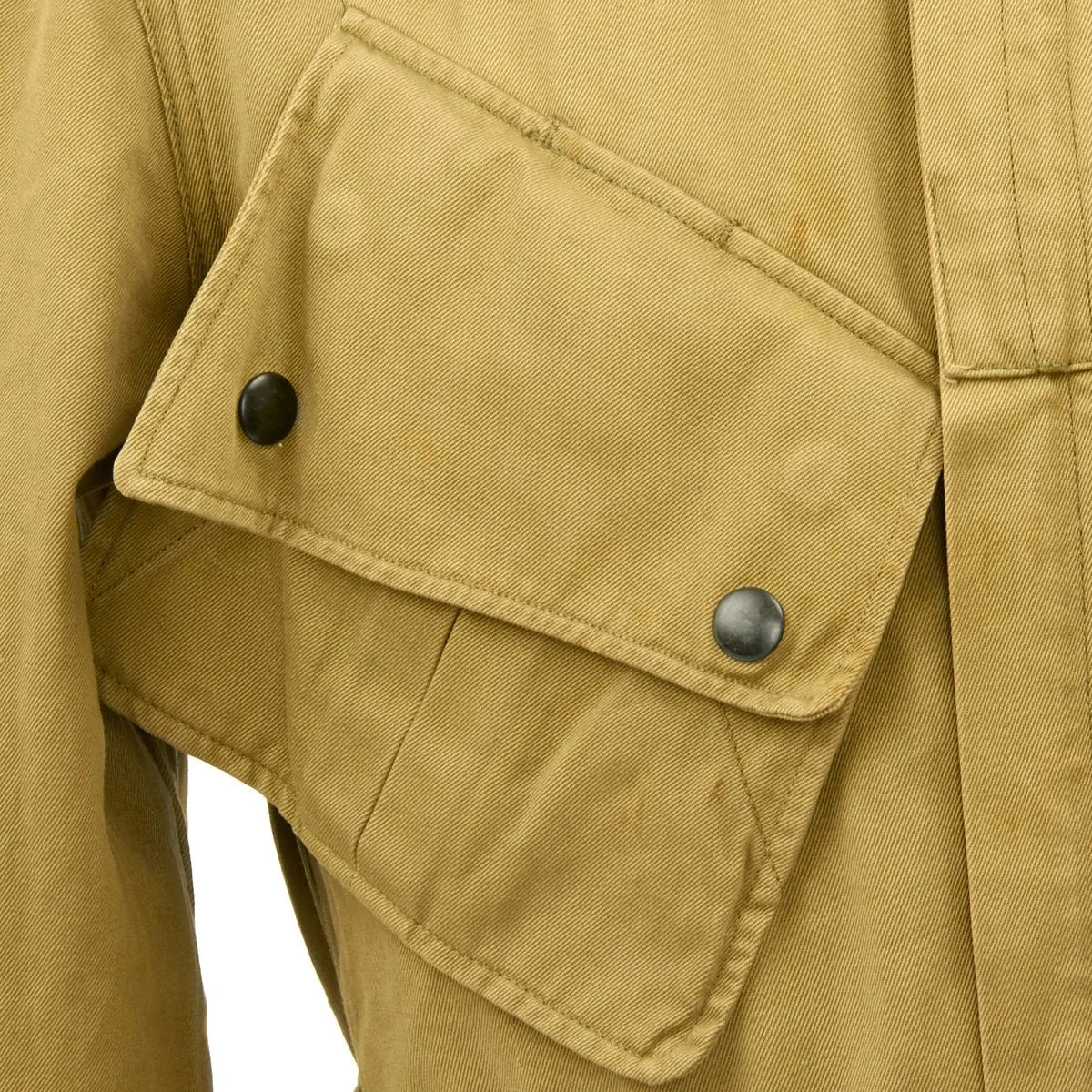
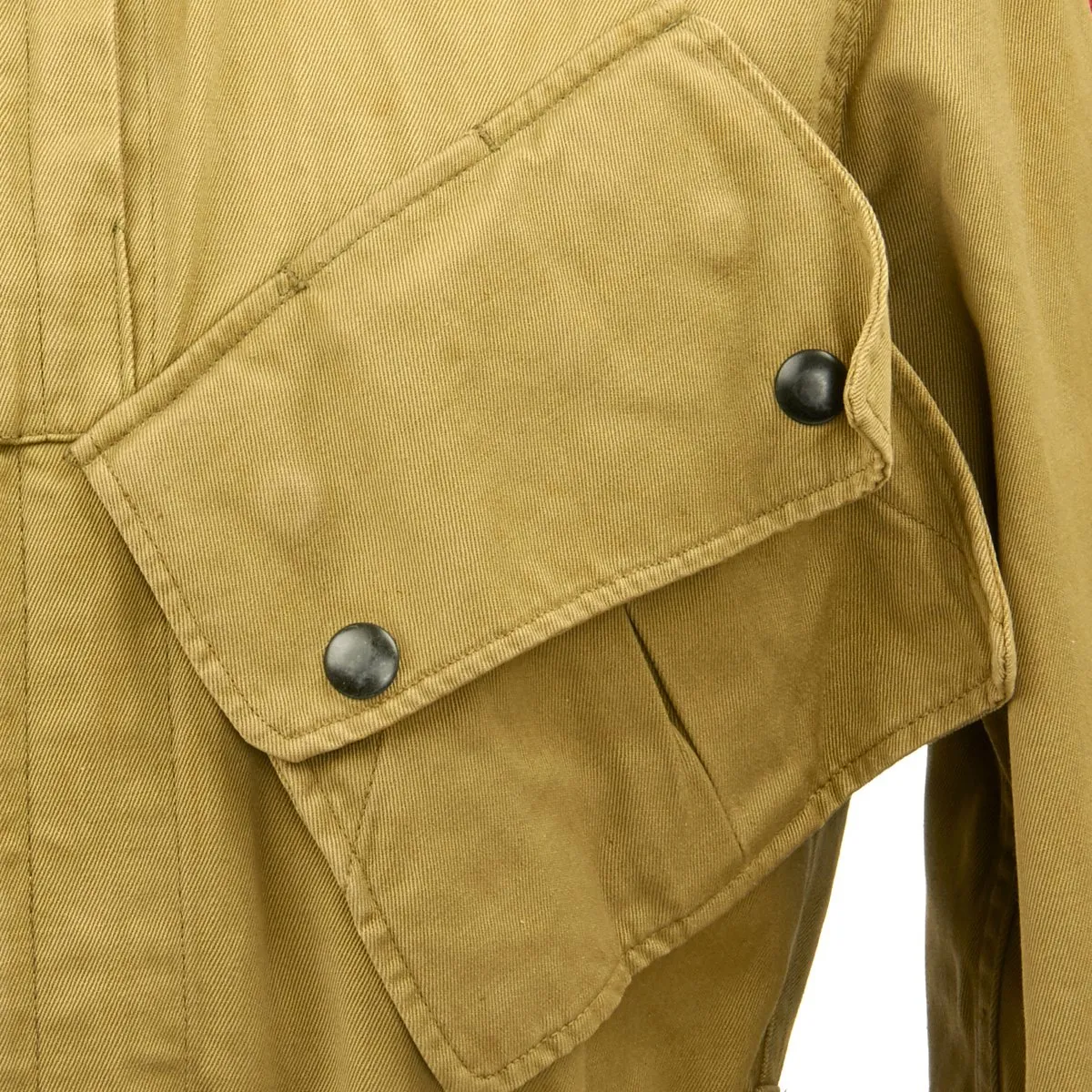
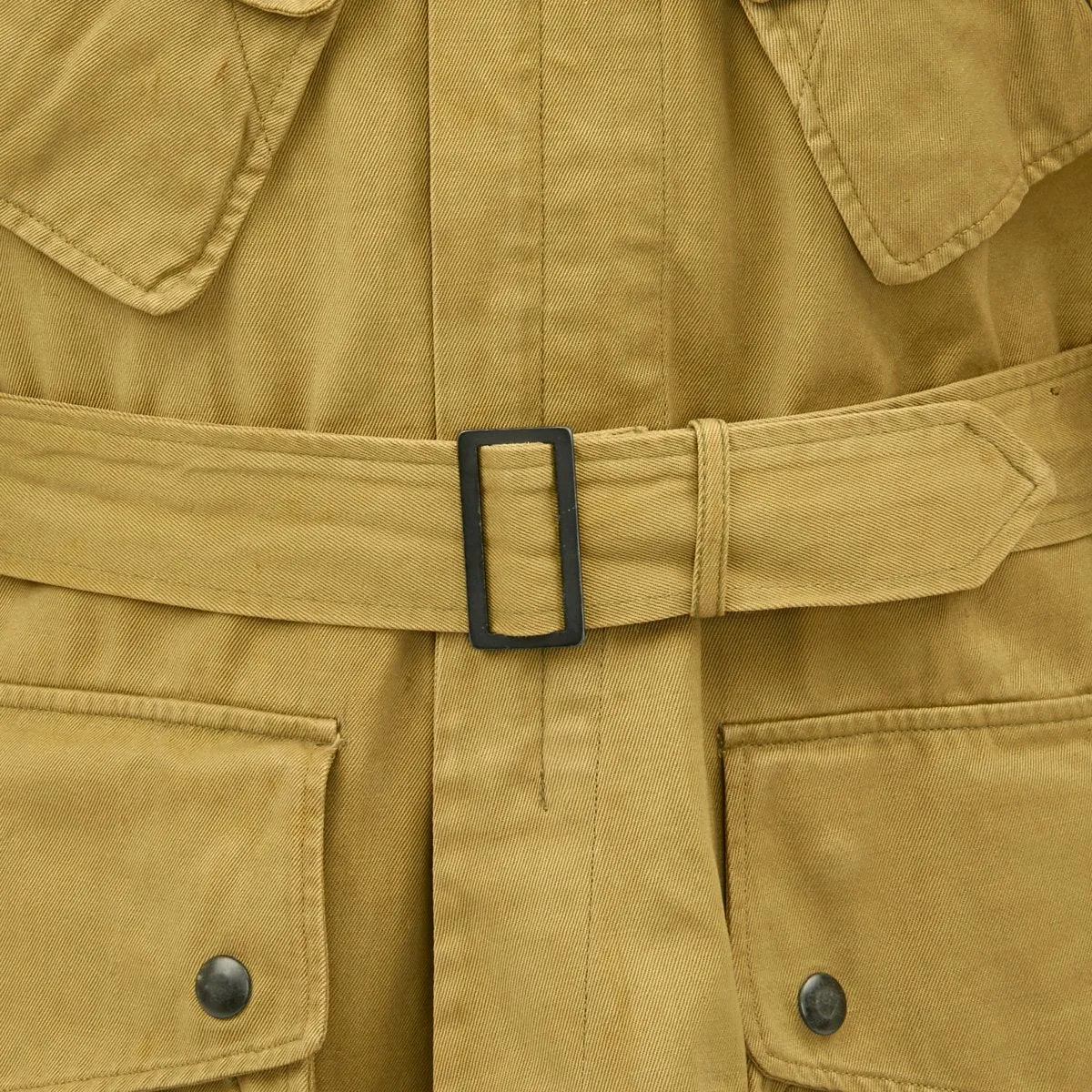

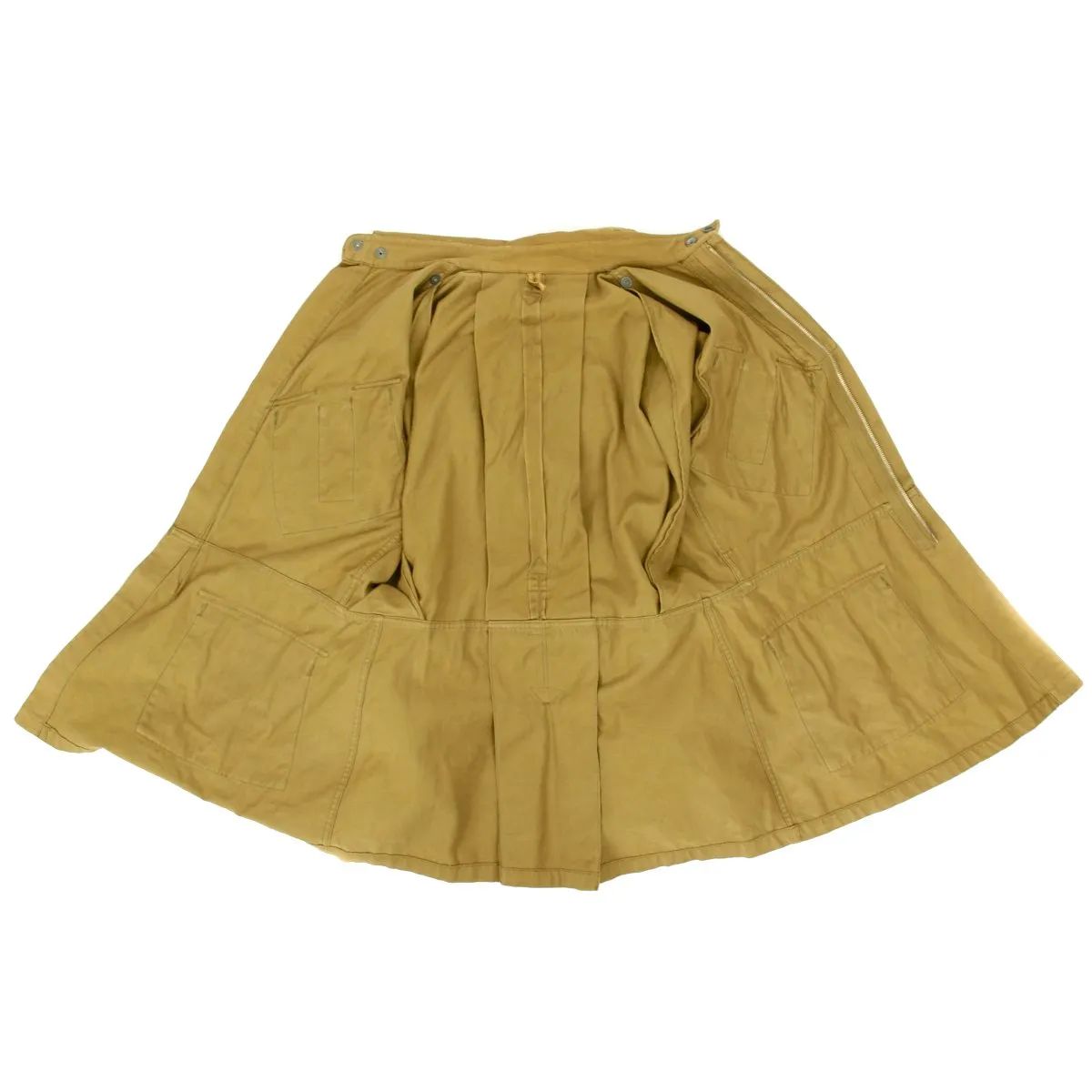
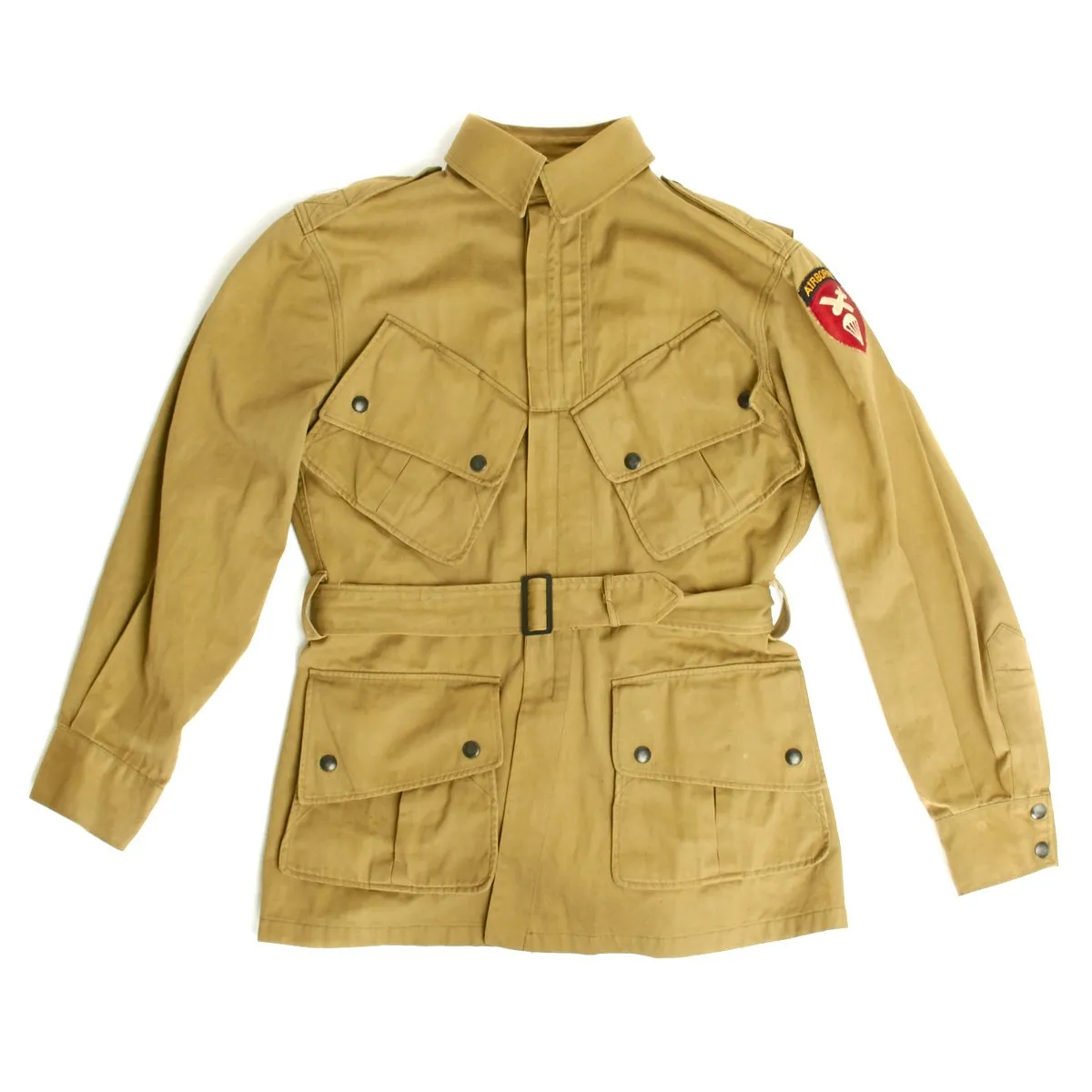
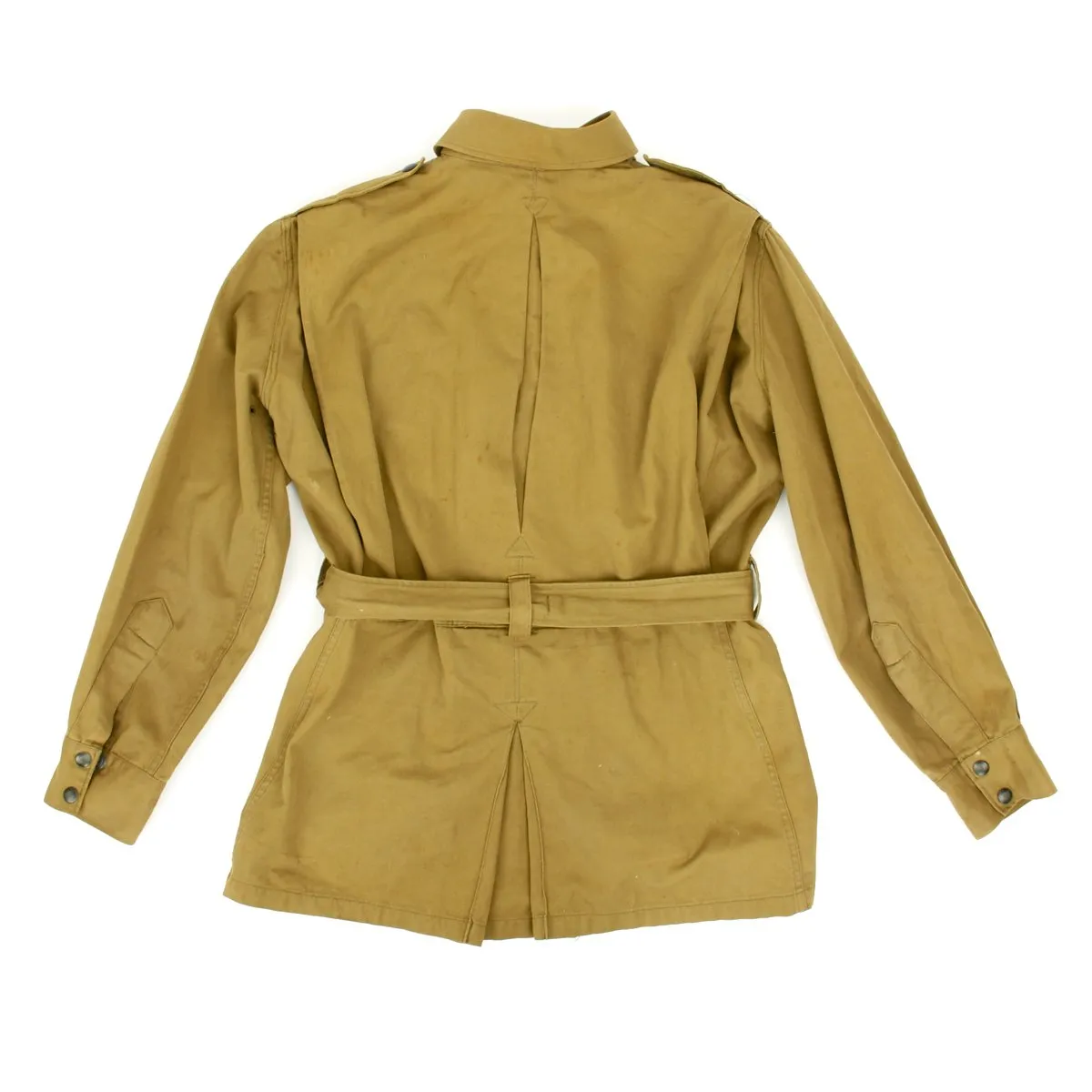

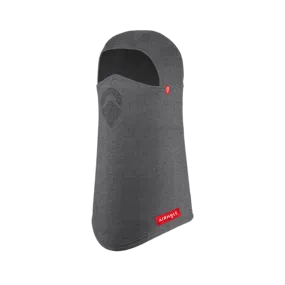




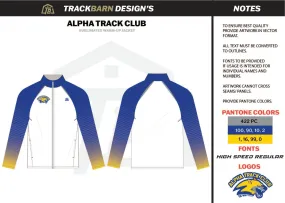
![Choob Koi [TM-006282_STOCK] Choob Koi [TM-006282_STOCK]](https://www.cosytide.shop/image/choob-koi-tm-006282stock_1ISfKC_285x.webp)


